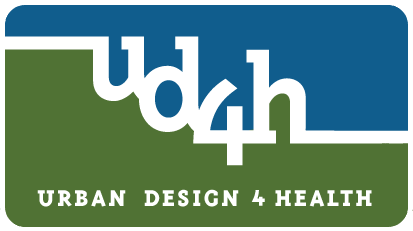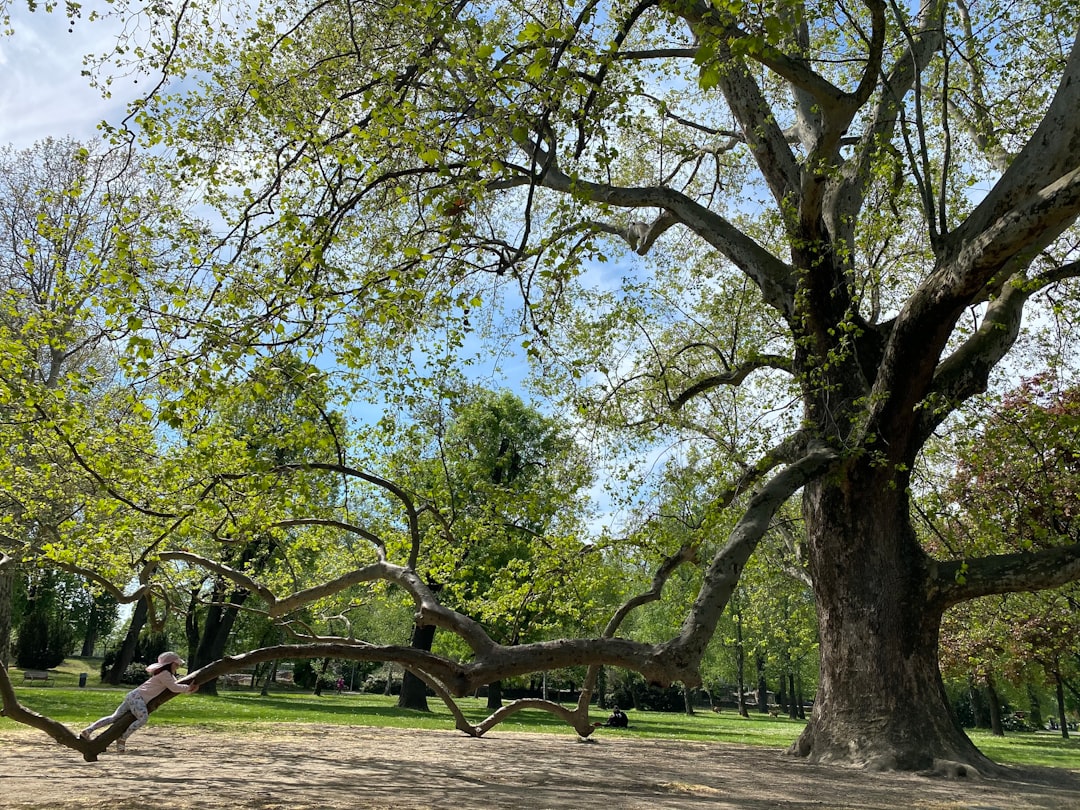
UD4H supports the achievement of Robert Wood Johnson Foundation’s Culture of Health vision by developing a consistent and standardized set of built, natural and social environmental metrics, which are updated over time. These databases can be used to assess how neighborhood context can support or hinder public health and how it interacts with other programmatic actions to support healthier lifestyles. The NED includes all US metropolitan statistical areas (MSAs) and micropolitan statistical areas (µSAs) at the census block group and tract geography. The database combines a core set of environmental features that have been found to predict physical activity, diet and other health related behaviors. An advisory committee of subject matter experts provided review and input into the methodological development of the database.

The NED includes metrics of accessibility that identify built and natural environmental features (transit, parks, etc.) that can be accessed by walking and other modes from each block group (not simply what exists in each block group).

Walkability is a key contributor to health and well-being. The ability to walk easily and safely to destinations increases the opportunity for physical activity and social connection and predicts obesity and several forms of chronic disease including diabetes, heart disease, and depression.

The NED includes data from the US Environmental Protection Agency's (EPA) Environmental Justice Screening and Mapping Tool (EJSCREEN). The EJSCREEN database is the preferred database for defining disadvantaged and vulnerable communities. It combines environmental and demographic data to build EJ indices.

The NED includes data from the US Geological Survey's (USGS) National Land Cover Database (NLCD) and the Multi-Resolution LandCharacteristics Consortium (MRLC). Access and proximity to tree canopy and greenspace are associated with better health outcomes.

The NED includes all of the EPA's Smart Location Database (SLD). The SLD has recently been updated to 2020 by UD4H. This database contains over 90 attributes that characterize housing, land use diversity, employment accessibility, transit service, and demographics.

The NED includes other databases including the American Community Survey, the Census Longitudinal Employer-Household Dynamics, the Department of Housing & Urban Development (HUD) Location Affordability Index, Federal Bureau of Investigation (FBI) Crime Data, US Department of Transportation (USDOT) pedestrian and bicycle crashes, and others. All are integrated into a single data frame that can support analyses requiring data integration across sources.